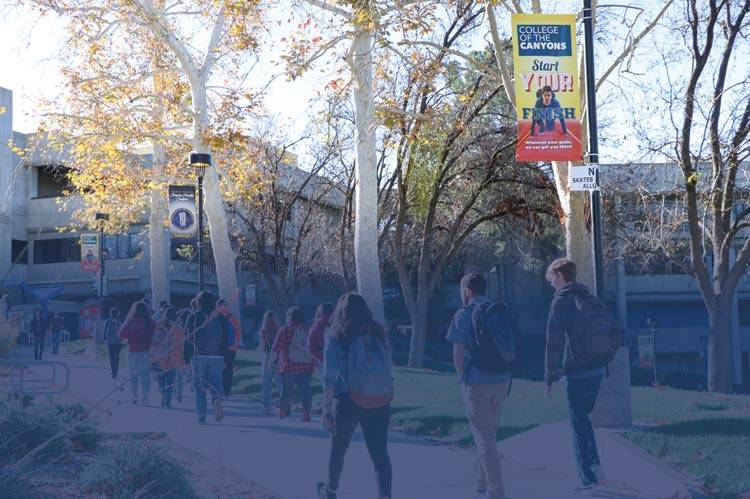Procurement of Information Technology
College of the Canyons is committed to providing all students and employees with equal access to information technology regardless of any individual disability.
To that end, all information technology that College of the Canyons procures is thoroughly reviewed for its compliance with the accessibility requirements of Section 508 of the Rehabilitation Act of 1973, as amended (29 U.S.C §794d), and its implementing regulations set forth at Title 36, Code of Federal Regulations, Part 1194.
Information Technology Purchase Review Process
Before considering an information technology product for purchase, consider the following:
- Identify the application - how will the product be used
- Who will be using the product
- Does the product incorporate principles of Universal Design
- Equitable use
- Flexibility of use
- Simple and intuitive
- Perceptive information
- Tolerance for error
- Low physical effort
Required Documentation - Voluntary Product Accessibility Template
A Voluntary Product Accessibility Template (VPAT) is a table which describes how the proposed product or online service enables usability by people with limited capacity to see, hear or exercise muscular control. The VPAT was developed by the Information Technology Industry Council and the federal government to address Section 508 of the Rehabilitation Act. It is a recognized industry standard tool used to document a product's compliance with the accessibility standards under Section 508 of the Rehabilitation Act. The College of the Canyons procurement and contract process for information technology purchases must comply with California Government Code Section 1135(d)(3).
When looking at product compliance, College of the Canyons evaluates the vendor's VPAT. A vendor's software engineers should be familiar with this document and product compliance. The VPAT should clearly state how a product complies or does not comply. Vendors wishing to do business with the college should have their VPAT up-to-date and readily available as it will be requested for review annually.
Product accessibility cannot be focused on a single impairment or disability. The basic requirements are stated in Section 508. The information or service a product provides should be available in multiple modalities through appropriate programming that provides function or allows assistive technology to interface where needed so that an individual's impairment or disability does not affect their use
College of the Canyons utilizes a variety of assistive technologies to aid our students and employees. While there are many technology aides available, most of these programs require that programmers begin by following the guidelines established by the World Wide Web Consortium (W3C). The Web Content Accessibility Guidelines 2.0 explain how to make web accessible information technology available to people with disabilities.
The primary goal of these guidelines is to promote accessibility; however, following the guidelines will also make information more available to all users, whatever user agent they are using (e.g., desktop browser, voice browser, mobile phone, automobile-based personal computer, etc.) or constraints they may be operating under (e.g., noisy surroundings, under- or over-illuminated rooms, in a hands-free environment, etc.). These guidelines do not discourage developers and programmers from using images, video, etc., but rather explain how to make content accessible to a wider audience.

 My Canyons
My Canyons  Canvas
Canvas 
